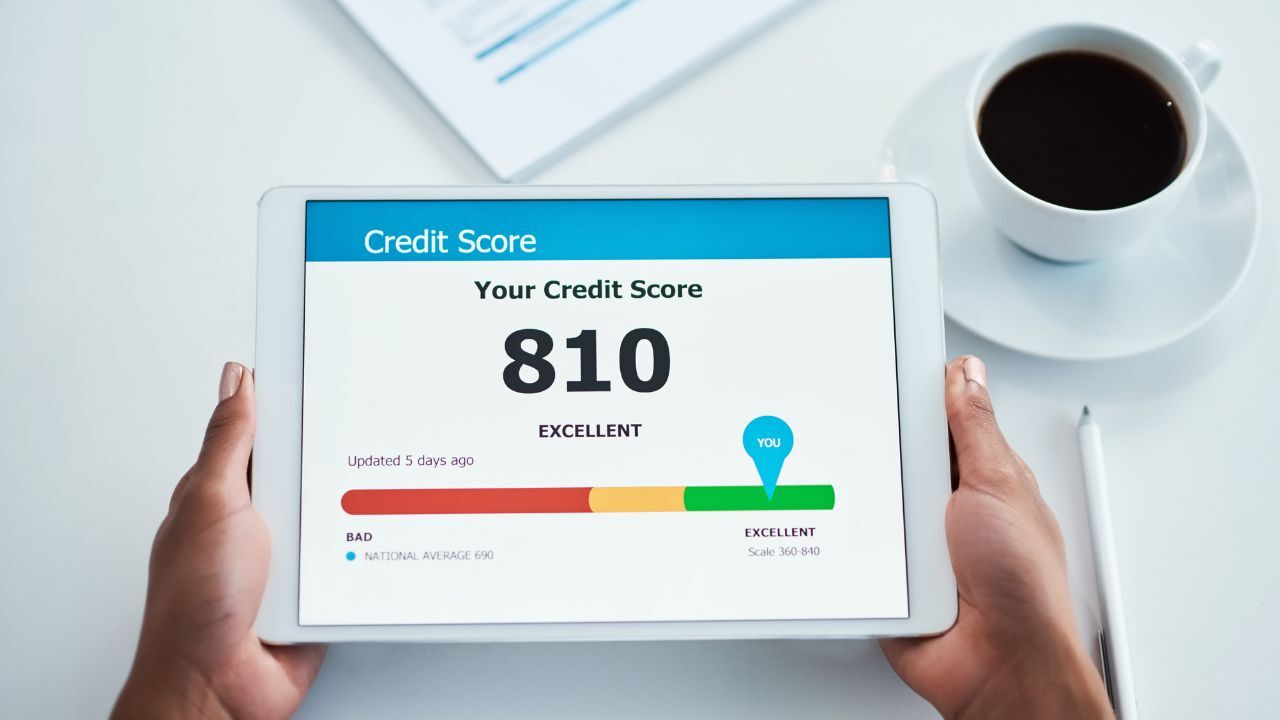Starting the New Year with Smart Home Financing
 The New Year is a natural time to pause, reset, and think intentionally about financial goals. For many buyers and homeowners, real estate and home financing are part of that plan. Whether you are considering purchasing a home, refinancing, or simply positioning yourself for future opportunities, starting the year with a clear strategy can make a meaningful difference.
The New Year is a natural time to pause, reset, and think intentionally about financial goals. For many buyers and homeowners, real estate and home financing are part of that plan. Whether you are considering purchasing a home, refinancing, or simply positioning yourself for future opportunities, starting the year with a clear strategy can make a meaningful difference.
Review Your Credit Early
Your credit profile plays a significant role in determining mortgage options and interest rates. The beginning of the year is an ideal time to review your credit report, address any errors, and pay down high balance accounts. Small improvements over a few months can have a noticeable impact on loan eligibility and long term affordability.
Set Clear Financial Goals
Rather than vague resolutions, set specific goals tied to your home financing plans. Buyers may focus on saving for a down payment and closing costs, while homeowners may aim to reduce debt or improve cash flow. Clear targets help create momentum and make progress easier to track throughout the year.
Understand Your Mortgage Options
Many borrowers wait until they are ready to move forward before exploring loan options. Taking time early in the year to understand available programs, rate structures, and qualification requirements allows for better planning and fewer surprises. Knowledge creates confidence and flexibility when opportunities arise.
Plan Ahead for Buying or Refinancing
Timing matters in real estate and mortgage planning. Preparing early gives you the ability to act quickly when market conditions align with your goals. Whether it is purchasing your first home, upgrading, or refinancing, having a plan in place puts you in a stronger position when the right moment comes.
Work With a Trusted Advisor
Mortgage decisions impact both short term budgets and long term financial health. Having a trusted professional to answer questions, review scenarios, and provide guidance helps ensure decisions align with your broader financial picture. A proactive approach often leads to smoother transactions and better outcomes.
Starting the New Year with smart home financing is about preparation, clarity, and confidence. If you would like to review your options or simply understand where you stand, I am always happy to be a resource as you plan for the year ahead. Wishing you a successful and healthy New Year.

 A strong credit score gives many buyers confidence as they prepare to purchase a home. Good payment history and responsible credit use are valuable, but they do not guarantee approval. There are several other important factors that lenders review, and any one of them can slow down or stop the process.
A strong credit score gives many buyers confidence as they prepare to purchase a home. Good payment history and responsible credit use are valuable, but they do not guarantee approval. There are several other important factors that lenders review, and any one of them can slow down or stop the process. The rise of the sharing economy has changed the way many people work, earn, and budget. Income from rideshare driving, freelance projects, short-term rentals, and delivery apps has become a normal part of modern finances. These new income streams are helpful for building savings and paying bills, but they also affect how lenders view your mortgage application. Understanding how the sharing economy influences underwriting can help you prepare for a smooth approval process.
The rise of the sharing economy has changed the way many people work, earn, and budget. Income from rideshare driving, freelance projects, short-term rentals, and delivery apps has become a normal part of modern finances. These new income streams are helpful for building savings and paying bills, but they also affect how lenders view your mortgage application. Understanding how the sharing economy influences underwriting can help you prepare for a smooth approval process.